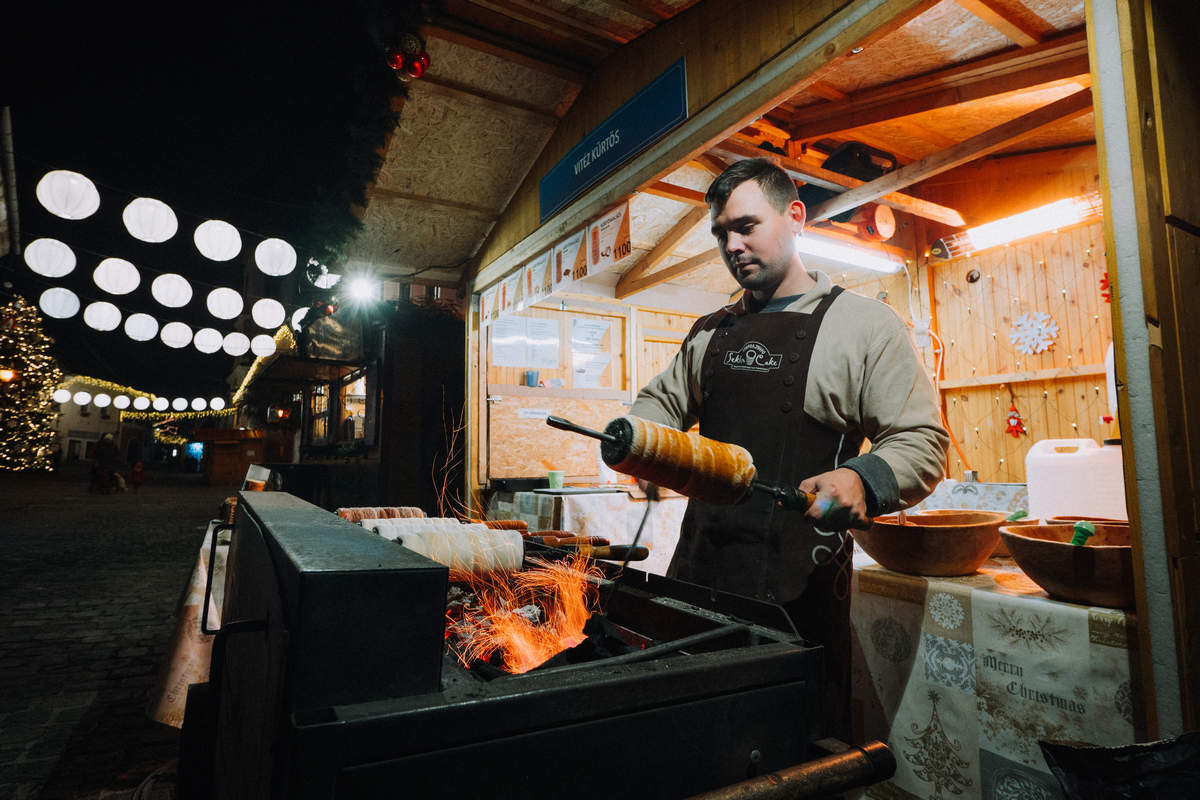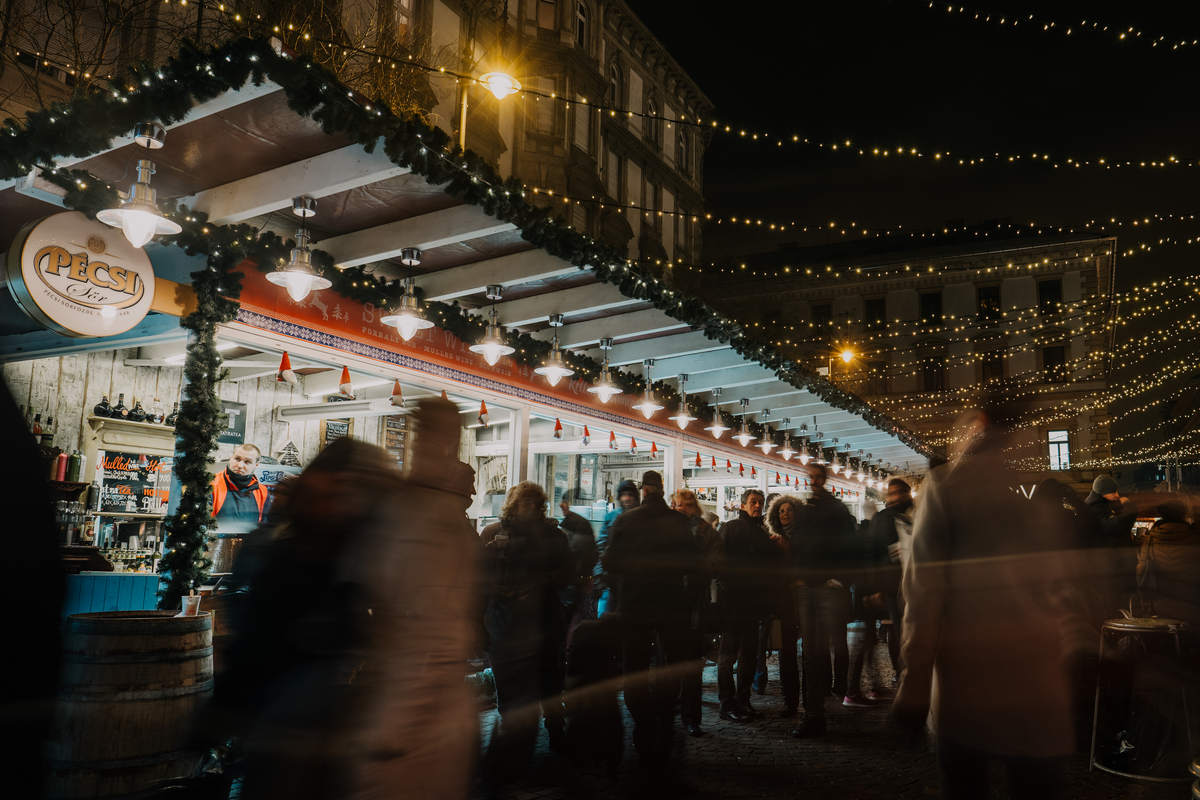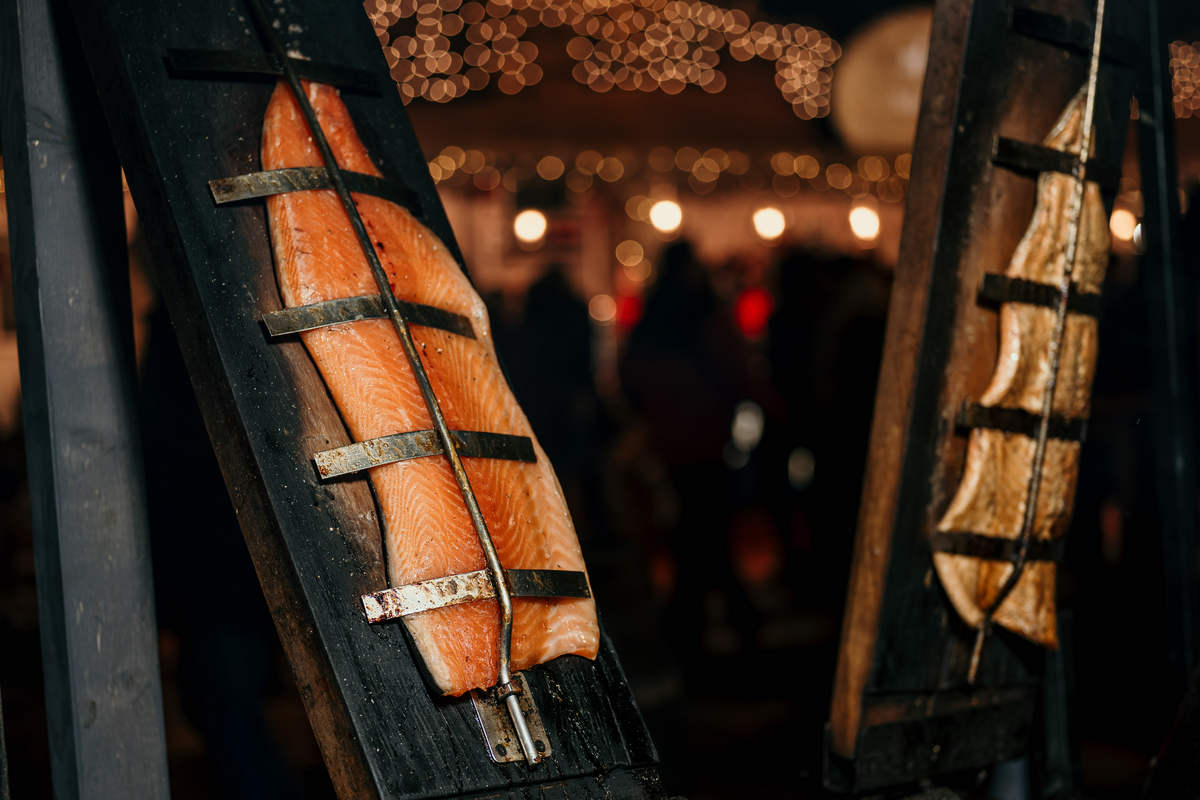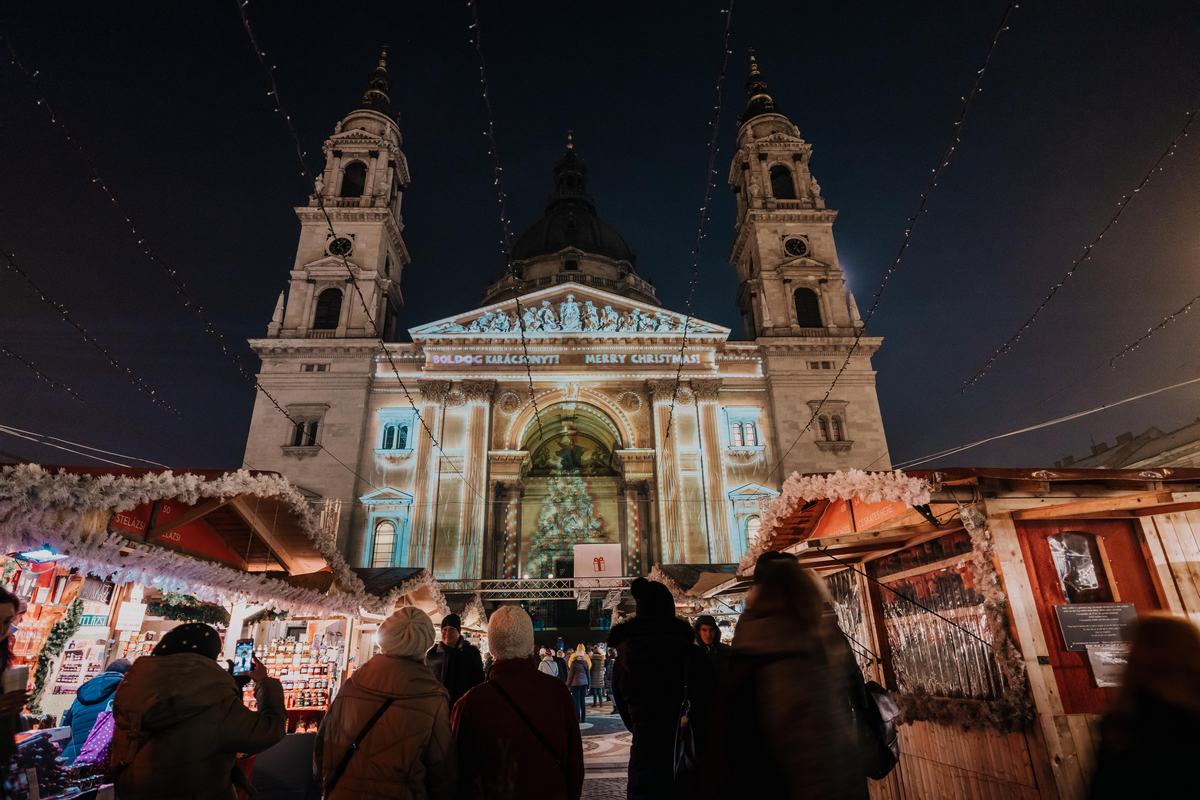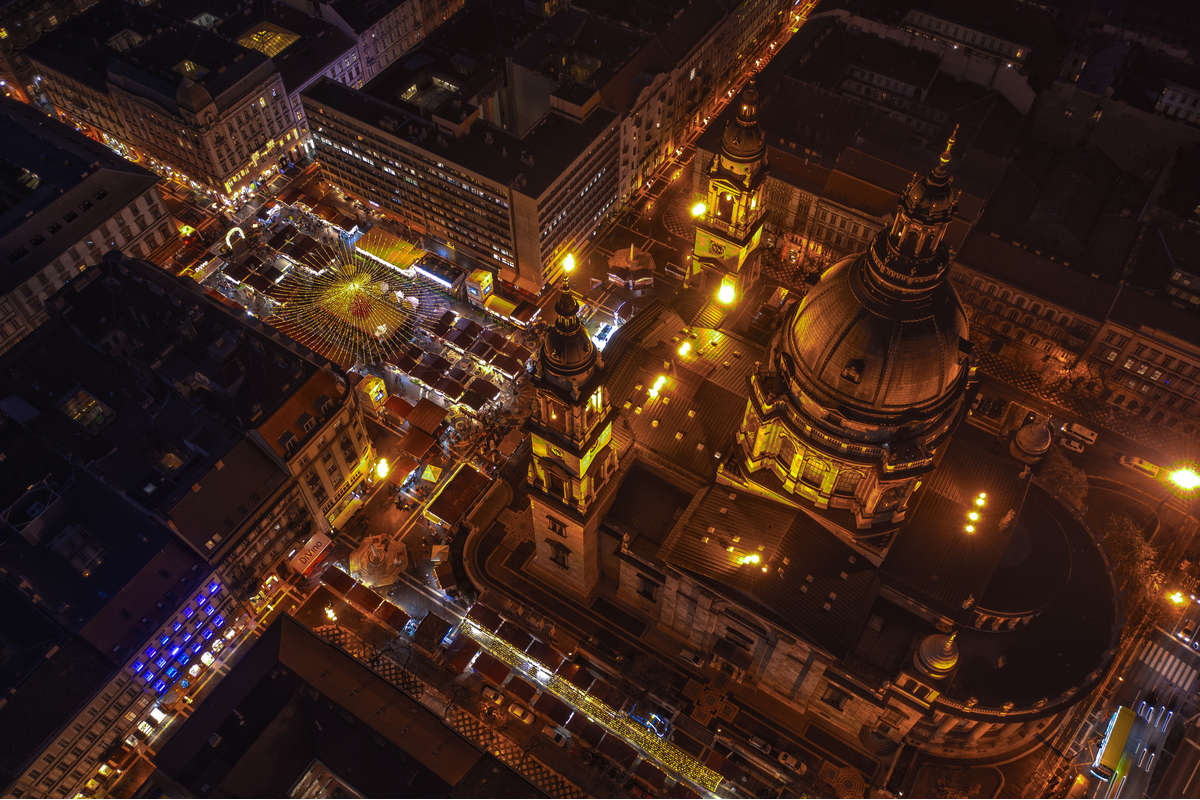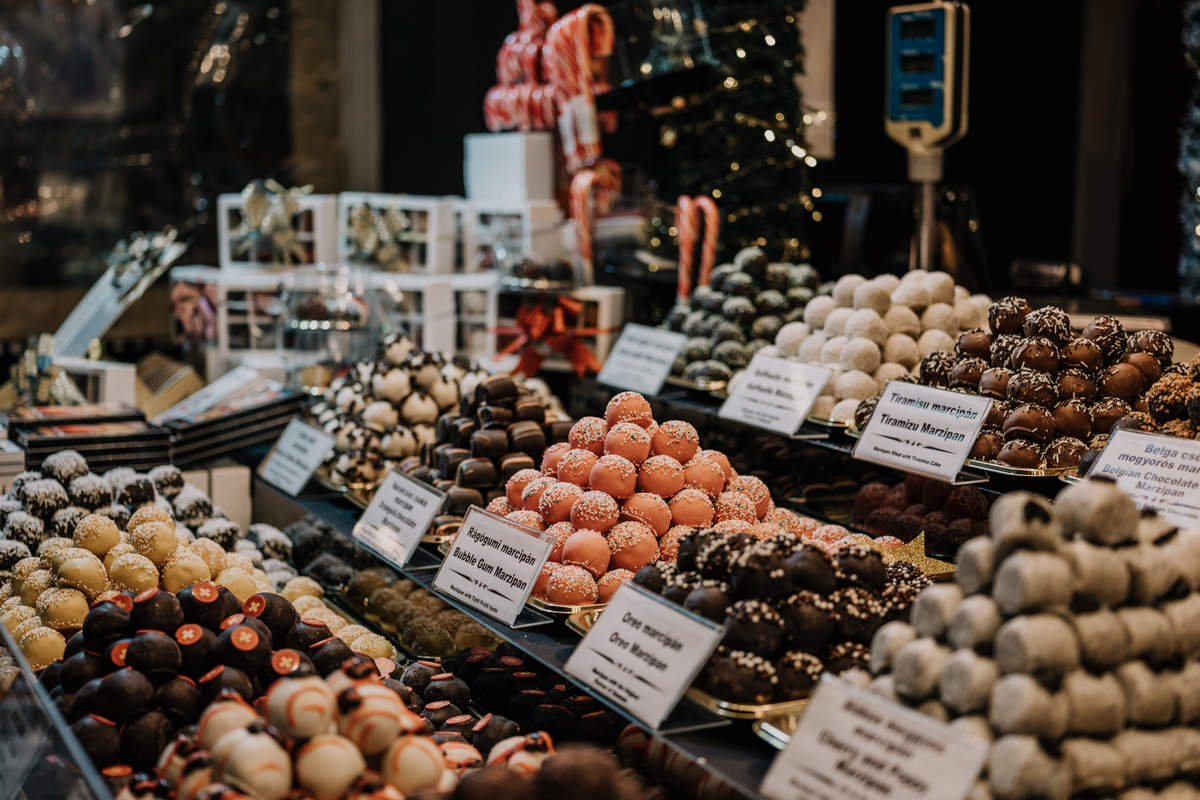Danube Winter Wonderland
Flowing through ten European countries, the Danube unites different cultures and traditions of more than hundred million people living near the river. While festive season is coming and everything becomes red, green, merry and bright let us take you on a journey along this beautiful river – welcome to the Danube Winter Wonderland!
Germany
Explore the romantic Christmas markets – a perfect time to enjoy festive melodies with your loved ones while tasting gingerbread cookies and mulled wine under the twinkling lights. Weihnachtsmarkts, as Germans call them, are important part of local tradition and although each region may have some specific highlight, it’s the Christmas spirit that unites them all.
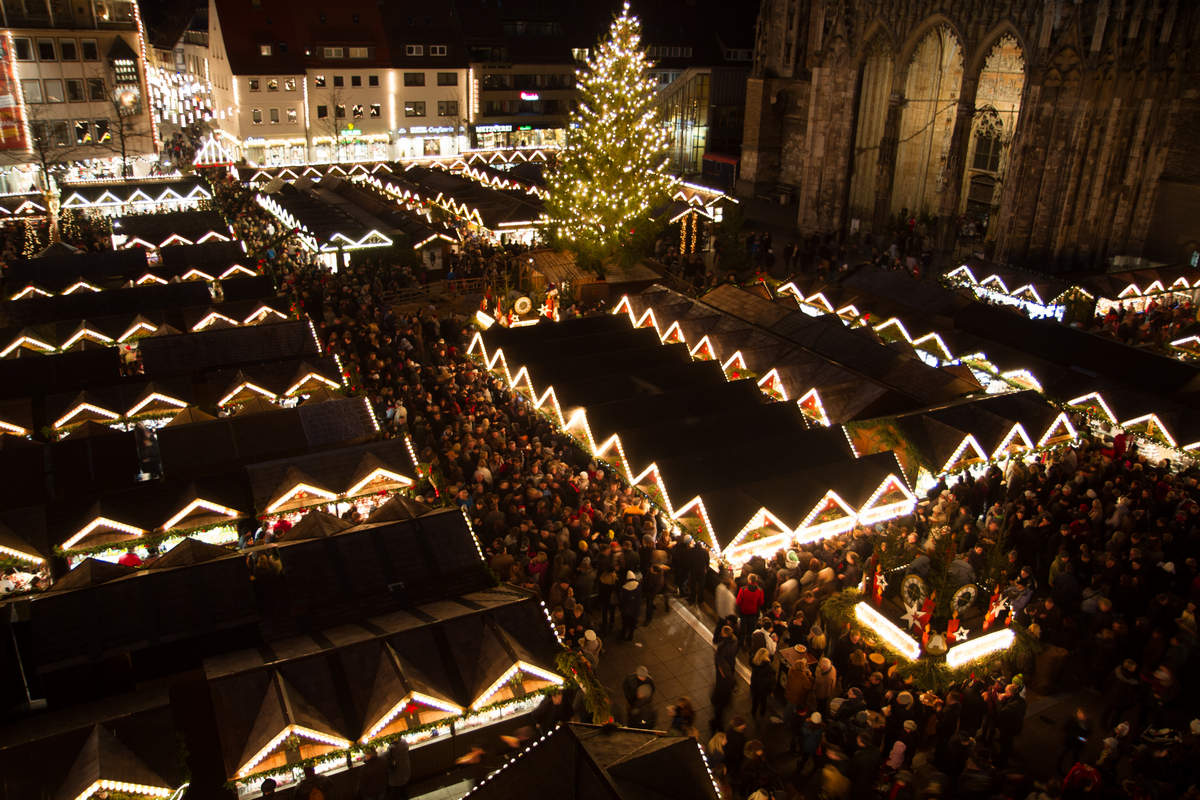
Ulm
Every year, more than one million people visit the Ulmer Weihnachtsmarkt located right at the central square in front of the stunning Ulmer Minster, well known for its highest church spire in the world. Authentic arts and crafts may seem as a great gift idea, while strolling around the lovely decorated stands and enjoying the smells of local culinary specialties. Also, historic Fishermen’s and Tanners’ Quarter is within walking distance.
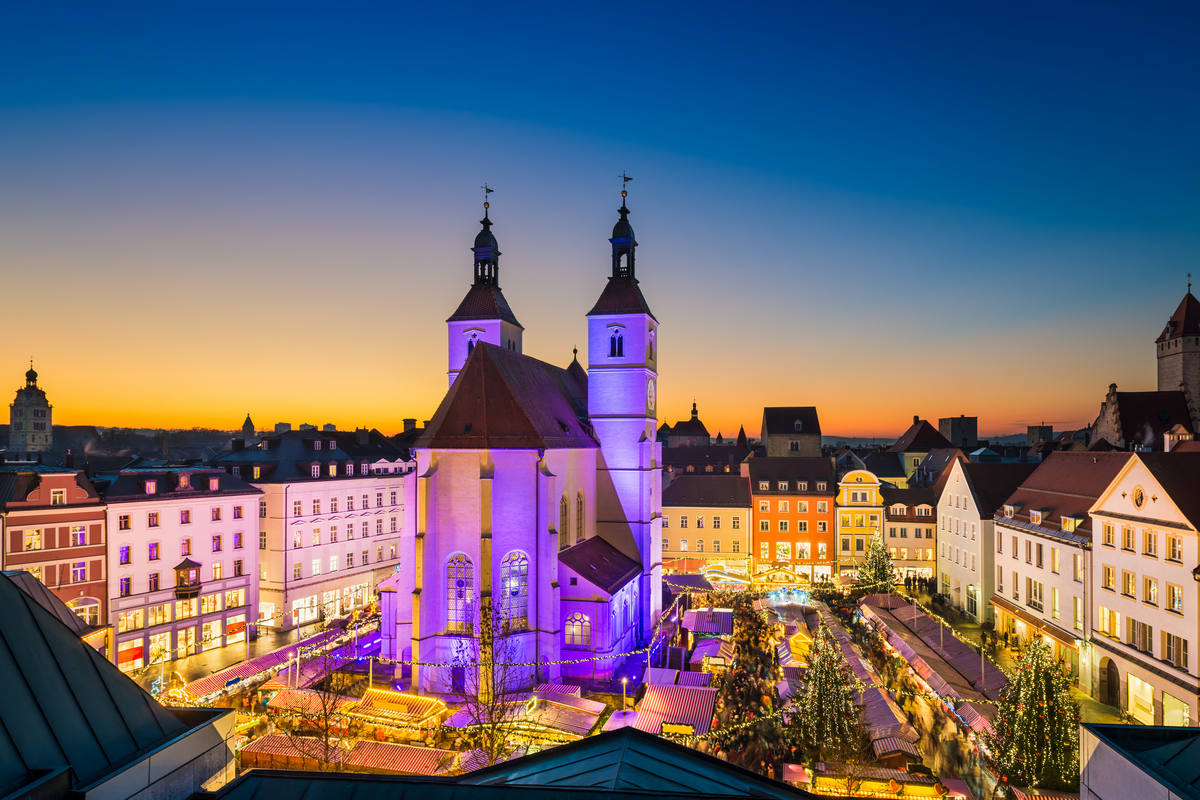
Regensburg
This northernmost part of the Danube is well known as Germany’s medieval miracle – more than 1,500 historically preserved buildings made the Old Town of Regensburg a UNESCO World Heritage site. What a great place to spend some magical time at four Christmas markets in the town. And don’t forget to taste the famous Knackwurstsemmeln, typical local sausage with horseradish, gherkins and mustard.
© Deutsche Zentrale für Tourismus e.V. / K22 Film
© Deutsche Zentrale für Tourismus e.V. / K22 Film
Hungary
Budapest, Hungarian capital has a unique charm in the winter, especially during the festive season. The streets are dressed in glistening lights at this time of year and the alluring scent of roasted chestnuts, cinnamon-flavoured chimney cakes and mulled wine fills the air, as Budapest locals head outdoors to discover the many wonderful fairs, cultural events, the hot thermal waters of the historic baths and other exciting attractions their city offers.
© Hungarian Tourism Agency
© Hungarian Tourism Agency
Budapest
No matter the cold, it is definitely worth bundling up and leaving your hotel room to explore the city centre of the Hungarian capital in the winter. This is especially true for the evenings, when Budapest’s major streets and roads sparkle with bright Christmas lights, filling both visitors and locals of the city with a joyous feeling. Even taking public transport can be an unforgettable experience, as some of the trams are decorated with blue and white lights at this time of year, making you feel like you are travelling in the warm embrace of the festivities of the season. You can take a stroll on the illuminated Andrássy Street under its line of trees, feasting your eyes on the magical scene of sparkling fairy lights covering the branches.
Christmas fairs in the city should not be missed either, with their irresistible aroma of cinnamon, hot wine, roasted chestnuts and other freshly baked delicacies. These bazars also welcome visitors with their wooden stalls, a wide and colourful variety of Hungarian merchandise, such as ceramics, special honeys, uniquely designed clothes, bags and jewels, candles, handmade toys and other handicraft products. Freshly roasted and baked delicacies are sold at the various food stalls, offering passers-by a chance to gorge on heavenly chimney cakes or such Hungarian specialties as goulash soup or spicy sausages.
© Hungarian Tourism Agency
The most popular Christmas fair is on Vörösmarty Square with 800 thousand visitors per year. It also holds concerts, puppet shows and workshops the whole family can enjoy, while the Advent Festival located beside the Saint Stephen’s Basilica welcomes visitors with skating lessons for kids or live music among the wide selection of handicraft goods. This fair also boasts one of Central-Europe’s biggest 3D light painting show, with spectacular animations, festive and religious scenes projected onto the Basilica’s facade. Located at the foot of the hill with the Buda Castle on top of it, the Várkert Bazaar also hosts a lovely fair with giant Advent candles, craft workshops and other fun activities, and the Advent Fair at Erzsébet Square (Deák Ferenc Square) is well worth a visit because of its spectacular Christmas tree installation. A large Ferris wheel called the Budapest Eye can also be found here, mesmerising those who take a ride on it with a spectacular view over the city lit up in the evenings.
Visitors to Budapest should definitely not miss out on the experience of taking a walk along the Danube – the beautiful banks from Gellért Hill to Margaret Bridge have been declared a UNESCO World Heritage Site. If you are lucky enough to catch a snowfall while you are in the city, you can also wander around in the hills of Buda. Normafa is one of the must-see places here, not only because of its spectacular view over Budapest but also because it is one of the favourite sledding spots for local families. You can enjoy the merry atmosphere and the sight of children riding on sleds in the snow, with dogs running around, or sledding down the hill yourself if you are up for it.
Szentendre
Less than 30-minutes ride north of Budapest, directly on the Danube river, lies the historic town of Szentendre. A day trip to this picturesque small town sounds like a perfect escape in case you have some extra time while in Budapest. Check out why it’s particularly magical to visit Szentendre during holiday season when the lights are on.
© Hungarian Tourism Agency
© Hungarian Tourism Agency
Serbia
Aligned to the Julian calendar, Christmas comes to Serbia two weeks later than most of the Danube countries, making January 7th the key date for the festivities. With a weather forecast saying the chances are high for snow, Serbia seems as a great place to enjoy the magic of this extended holiday season.
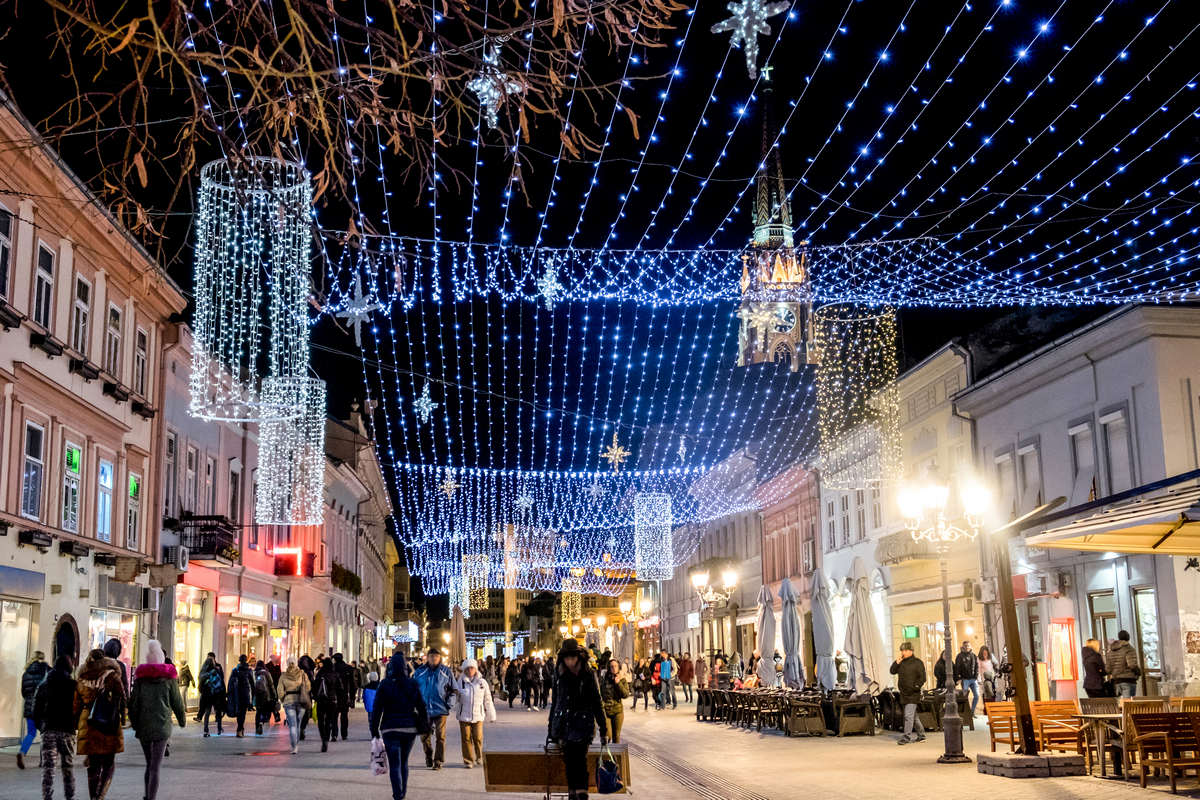
Novi Sad
Located right on the Danube bank, with charming Petrovaradin Fortress dominating the hill across the river, Novi Sad is well known for its leisurely rhythm that is in contrast to the usual fast-paced and chaotic urban life. Already announced as the European Capital of Culture in 2021, Novi Sad and its Winterfest is now competing for the title of the best Christmas market in Europe, being the oldest Christmas market in Serbia. Don’t miss its big Singing Christmas Tree, where children and adult choirs from all over Vojvodina perform every day. Thanks to the fact that this is a multicultural province, you will have the chance to listen to the choirs singing in 10 different languages (Serbian, Hungarian, Slovakian, Ruthenian, Croatian, Ladin, Yiddish, English, German and Russian). You may vote before December 10th on the link below.
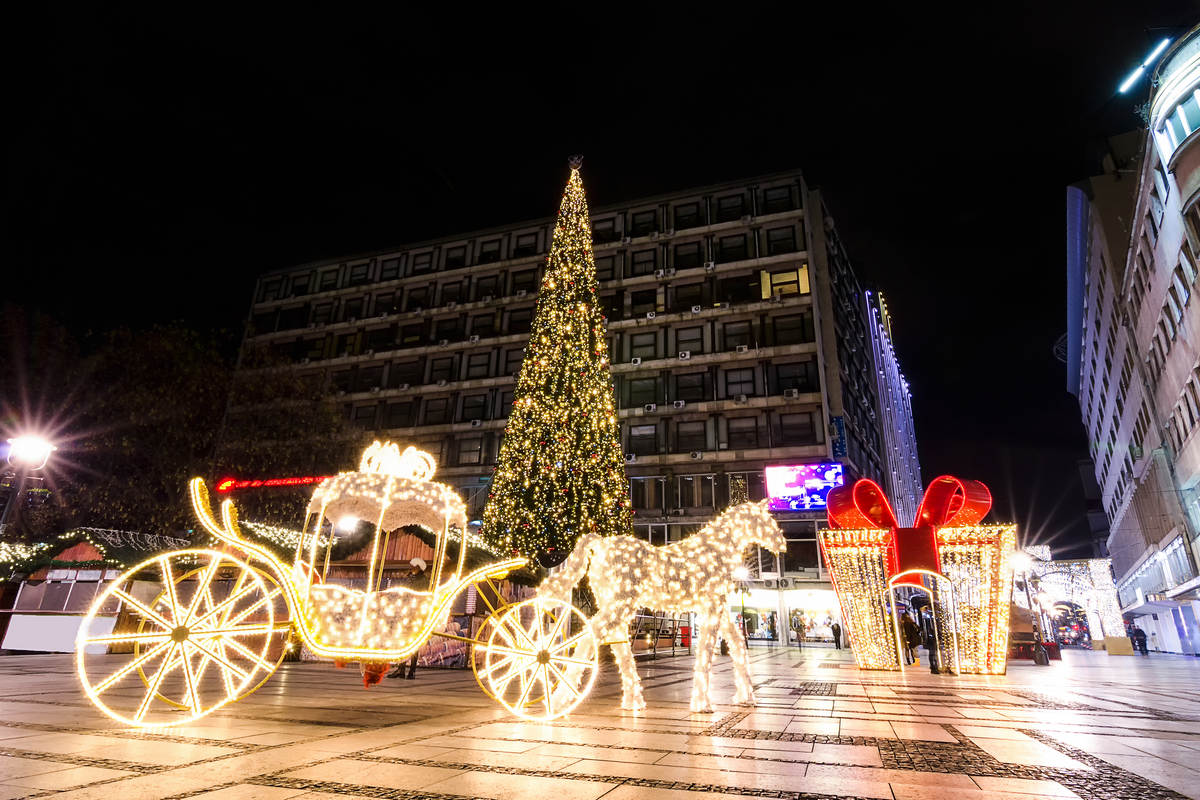
Belgrade
During the festive period, Trg Republike, recently reconstructed central city square is transformed into the “Open Heart Square” where winter delicacies and mulled wine are offered in the wooden huts similar to Christmas markets. Barbecue is quite popular as a street food, while in the restaurants you shouldn’t miss Sarma – minced meat and rice are wrapped in sour cabbage leaves and cooked for a long time. And if it’s cold outside, there’s rakija, typical local (plum) brandy to keep you warm. After a drink or two, you may continue to newly established New Year District in Vojvoda Vuk park in the middle of the pedestrian area where DJs will make your day even more groovy. Traditionally, massive concerts are organised around and on New Year’s Eve in front of the National Parliament building gathering major rock, pop and folk stars from Serbia and the region.
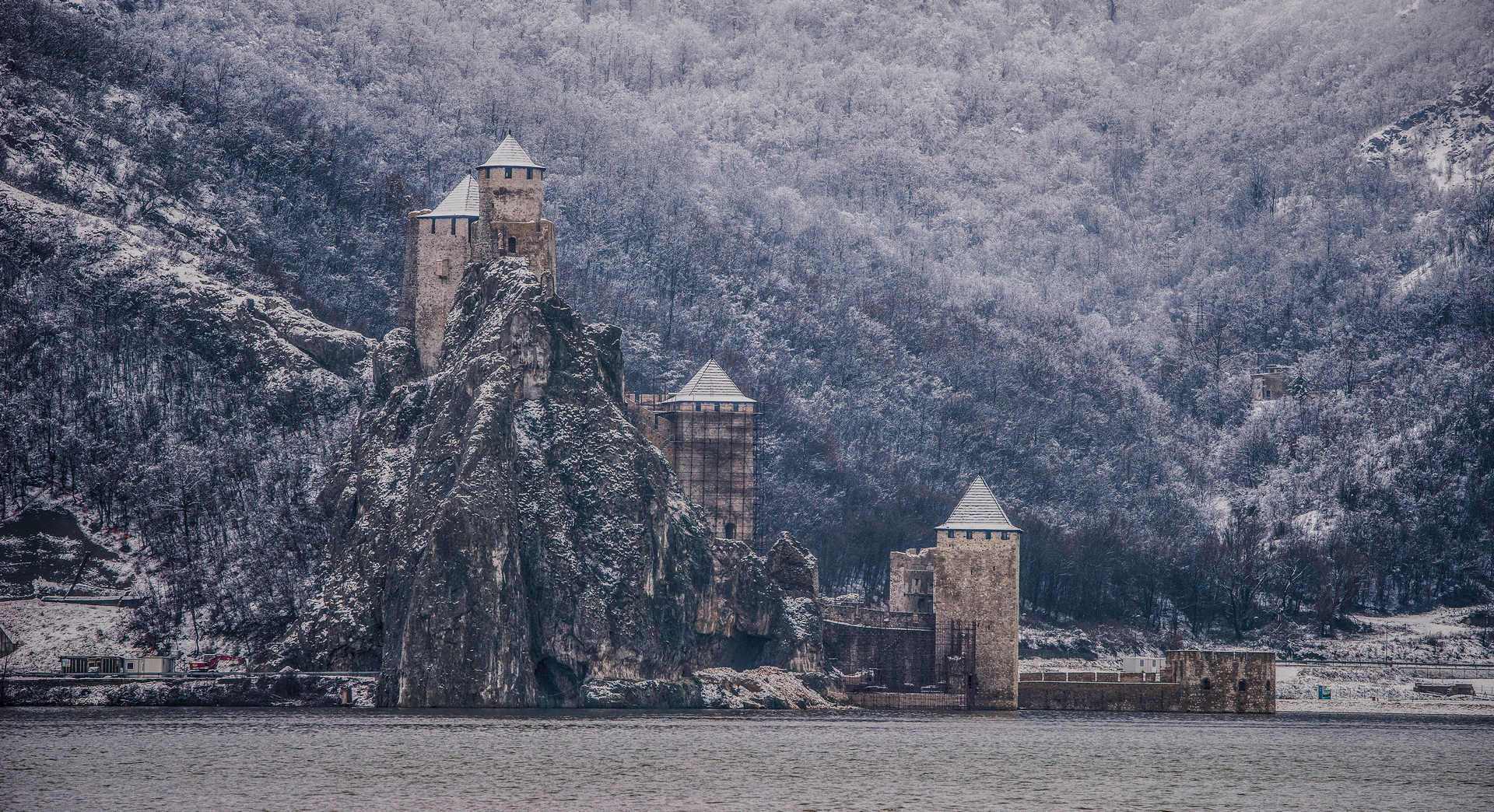
Golubac Fortress
This impressive medieval fortress is located right on the Danube banks in Serbia, just before the river enters the Iron Gate Gorge. Here, the Danube is widest and deepest in all its flow. Recent detailed reconstruction made this fortress one of “not to be missed” sights along the Serbian Danube. And, having in mind amazing natural beauty of the near-by Djerdap Natural Park and important archaeological sites of Lepenski vir and Viminacium – short trip to the Iron Great region is a great idea to continue exploring the river downstream.

